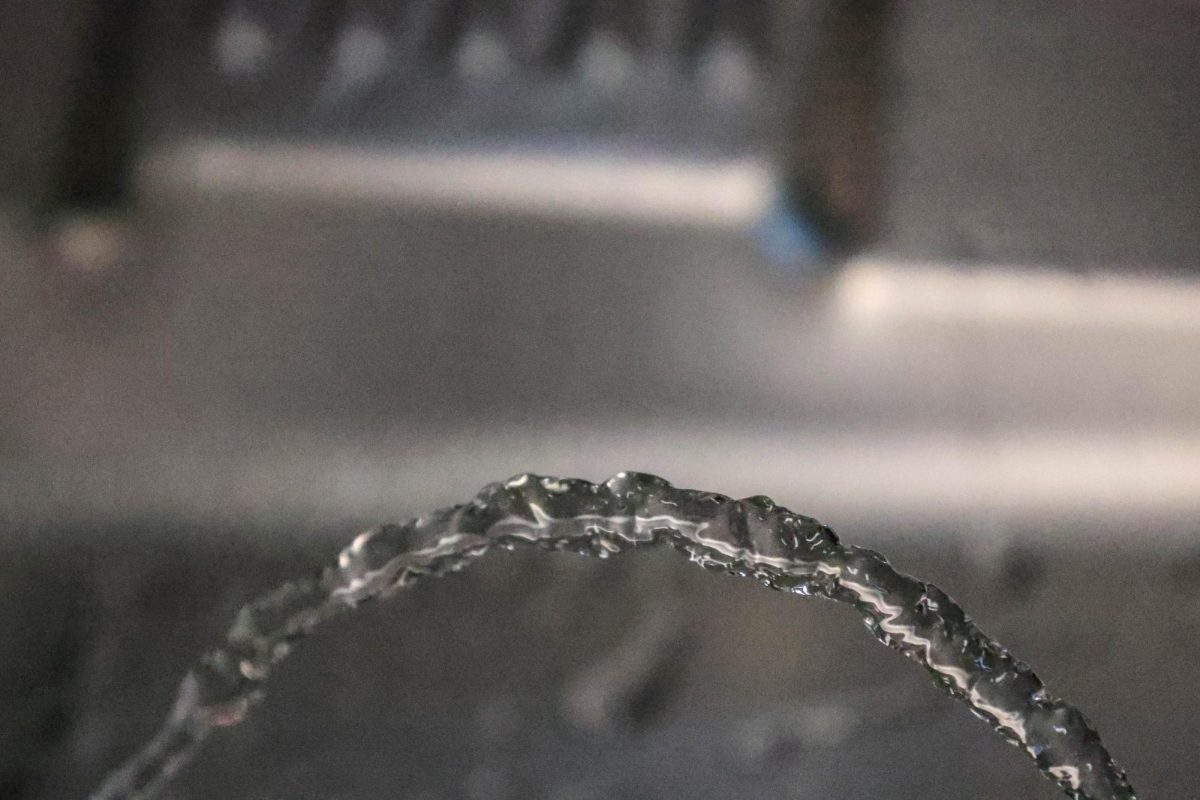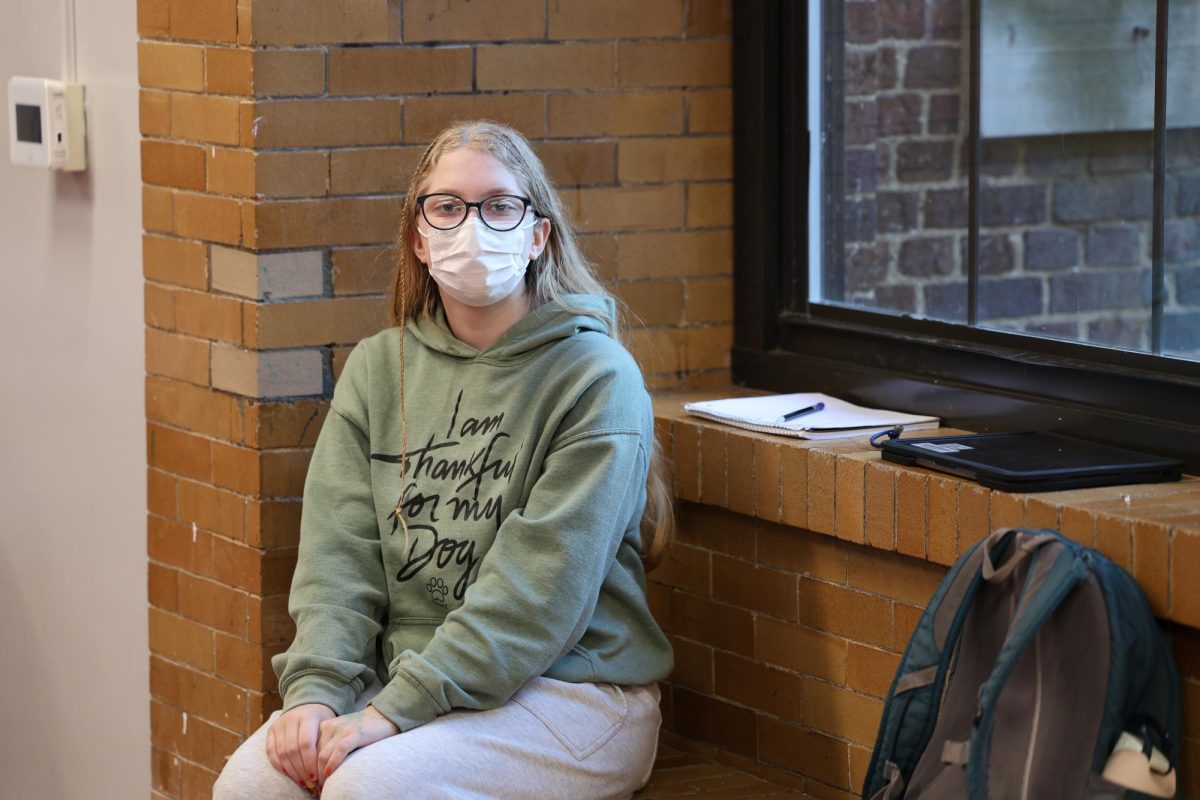“I think water is going to be like one of the defining crises of the climate change era,” said Courtney Kiley, a science teacher at CHS. “Here in Michigan, I think we’re lucky because we have an abundance of fresh water, but in other places, I think it’s going to become a major source of contention as climate change continues to change our evaporation rates and drought rates.”
A U.N. report finds that approximately two billion people worldwide don’t have access to clean or safe drinking water. This global crisis isn’t due to a lack of water on Earth; however, it’s a result of inequality, poor infrastructure, political conflict, pollution and a lack of prioritization. Clean, safe and accessible water is a necessity for life, yet billions of people live without it.
Water is a human right and essential for survival. It regulates body temperature, helps digestion and keeps our cells functioning. Yet, according to the World Health Organization, around 450,000 children under age five die every year from preventable diarrhoeal disease caused by unsafe water and poor sanitation.
Without access to clean water, people are forced to drink contaminated sources such as rivers, ponds or even bacteria-laden wells, which expose them to deadly pathogens. Diseases like cholera, dysentery and typhoid spread rapidly in those conditions. In addition to that, people lack the ability to have an uncontaminated hygiene routine, which, according to the National Library of Medicine, leads to the spread of respiratory infections and skin diseases. According to a 2023 report published by UNESCO, 46% of the world’s population—around 3.6 billion people—lack sufficient sanitation services.
While the concept of inaccessible water may seem far removed from local concerns, it’s a part of many Michigan citizens’ lives.
According to the National Institutes of Health, residents of Flint faced over 5 years under a declared federal emergency because their drinking water was contaminated with dangerous levels of lead and other toxins. This created a public health crisis that drew national attention. While Flint’s water disaster is better-known, concern about water safety extends across Michigan.
Flint’s water crisis was caused by political conflict, decisions over governance, budgets and control, not a national shortage of water. According to Detroit News and the Natural Resources Defense Council, when the state-appointed emergency manager overruled local officials, Flint was switched from Detroit’s water system to the Flint River to cut costs. Political disputes between local leaders, state agencies and the governor’s office delayed recognition of the problem. Michigan Public, an NPR affiliate, reported on why the governor’s office failed to respond effectively to residents’ complaints of foul-smelling, discolored water. This conflict over responsibility and accountability meant that lead contamination continued for years. Prioritization of cost-cutting over public health destabilized water security for thousands who relied on the Flint water system.
According to the National Institutes of Medicine, thousands of families in Detroit live with the constant fear of losing water. Since 2013, when the city’s water department began shutting off service to collect unpaid bills during the city’s bankruptcy, more than 140,000 households have had their water turned off. For many families, this means not being able to drink from the tap, flush toilets or take showers. That burden fell hardest on low-income, majority-Black neighborhoods, showing how poverty and a history of segregation continue to shape daily life. As of 2023, almost 170,000 residents — about one in four Detroit residents — were still at risk of shutoffs.
While Flint’s water crisis drew national attention for contaminated drinking water, Detroit’s struggle is quieter but just as urgent: the water isn’t unsafe, but people can’t afford to access it.
In Ann Arbor, the Huron River Watershed Council continues to monitor PFAS, also known as “forever chemicals,” that have been detected in the Huron River. These chemicals don’t break down easily in the environment and have been linked to health risks by the National Institute of Environmental Health Sciences.
Billions across the globe struggle with water insecurity — and Michigan is no exception. The Flint water crisis revealed how contamination and government failures can devastate communities, while ongoing concerns about PFAS “forever chemicals” in the Huron River show how industrial pollution continues to threaten local supply. Even in a state surrounded by the Great Lakes, which hold a fifth of the world’s surface freshwater, access to safe, reliable water is not guaranteed.










